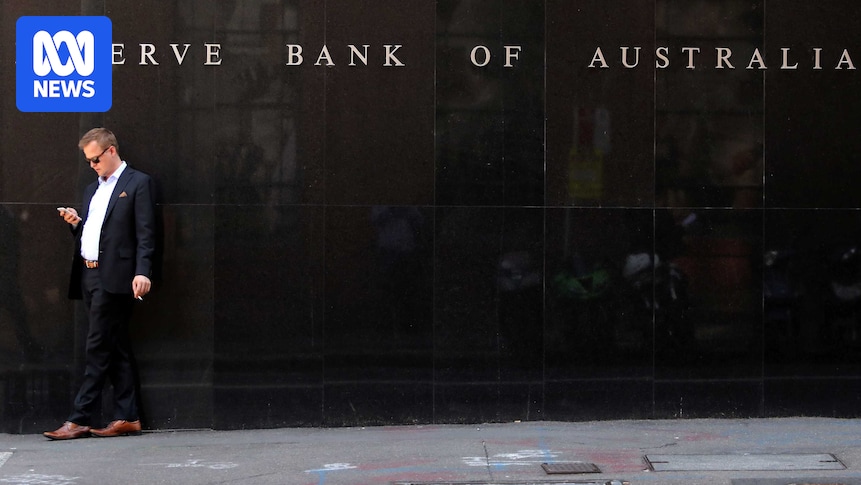The Reserve Bank of Australia (RBA) shocked many in the finance sector when it voted against cutting the cash rate last month.
The news came as a blow to people paying off home loans, who hoped a rate cut would reduce their mortgage bills.
Many are now looking towards the next meeting with anticipation.
Here’s what you need to know before the next RBA’s next monetary policy meeting.
When does the RBA meet next?
Tomorrow.
But it’s a two-day meeting, so we won’t hear about the decision until Tuesday afternoon.
We’re expecting an announcement at 2.30pm AEST on Tuesday, August 12.
Will there be a rate cut?
We can’t say for sure.
However, many people are banking on one after the Australian Bureau of Statistics (ABS) published the quarterly inflation figures at the end of July.
Rate cut ‘seems a done deal’ amid falling inflation
Those figures showed inflation was now well and truly within the RBA’s preferred range of between 2 and 3 per cent.
Within the inflation data, there were two main figures people were paying attention to:
- Headline inflation: 2.1 per cent
- Trimmed mean: 2.7 per cent
The trimmed mean is also called “underlying inflation”.
The trimmed mean is the statistic the RBA had previously said it was focusing on to measure inflation, which meant a lot of people were watching for that figure in particular.
On the graph below, you can see headline inflation — the red line — has been within the RBA’s target range for longer than the trimmed mean.
Headline inflation reached that range in September last year.
But the trimmed mean — the blue line — only reached that range in March, when it hit 2.9 per cent.
What is the cash rate target?
Currently, the cash rate target is 3.85 per cent.
This figure is often referred to as “the interest rate” in conversation, but it’s not the rate people with mortgages pay.
“The cash rate is the interest rate that banks pay to borrow funds from other banks in the money market overnight,” the RBA’s website says.
“It influences all other interest rates, including mortgage and deposit rates.”
That’s why, if you’re paying interest on a loan, your interest rate is probably higher than 3.85 per cent.
When the RBA changes the cash rate target, interest rates for mortgages don’t automatically change — the individual banks decide that.
Why didn’t the RBA cut rates last time?
The RBA said it was waiting on more data.
Many people expected the RBA to cut rates at the July meeting off the back of monthly inflation data from the ABS.
The RBA has repeatedly said it wants Australia’s inflation to get down to 2 to 3 per cent — and that monthly data was within that range.
However, that was monthly data, not quarterly data, which takes in three months at a time.
And it’s this quarterly data that’s regarded as Australia’s key inflation measure.
At the time of the July meeting, the most recent batch of quarterly data had come out in April — and the RBA wanted to wait until the next drop of inflation figures at the end July.
Now those figures are out.
And they look promising for people hoping for a rate cut.
We’ll find out what’s happening with rates on Tuesday afternoon. (ABC News: Dannielle Maguire)
When will interest rates go down?
No one can say for sure.
If the RBA does cut the cash rate target, that doesn’t mean mortgage interest rates will automatically go down.
It’ll be up to the banks to decide if they’ll pass that cut on to customers.
So if you have a mortgage, you’ll have to wait to hear from your lending institution about whether your rates are changing.
We typically hear from the major banks within a few hours of the RBA’s decision, though, so you probably won’t have to wait very long.
However, there is often a lag between banks announcing they’ll cut their interest rates and that cut taking effect.
They usually keep charging the higher rate for a week or two before the rate goes down — meaning it could be about a fortnight before people paying off a loan start to see any savings on their bills.
